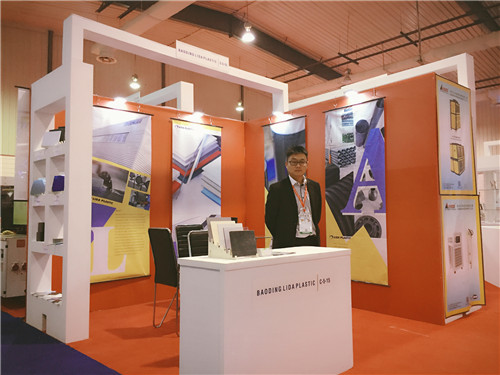វិច្ឆិកា . 01, 2024 01:33 Back to list
Understanding the Benefits and Applications of CPVC Chemical Pipes in Industries
Understanding CPVC Chemical Pipe Properties and Applications
Chlorinated Polyvinyl Chloride (CPVC) piping has gained prominence in various industries due to its remarkable chemical resistance and durability. As a derivative of PVC, CPVC is produced by the chlorination of polyvinyl chloride resin, which significantly enhances its thermal and chemical stability. This article aims to explore the essential characteristics and applications of CPVC chemical pipes.
Understanding CPVC Chemical Pipe Properties and Applications
In addition to chemical resistance, CPVC pipes exhibit excellent thermal stability. They can operate efficiently at higher temperatures, typically up to 200°F (93°C), without compromising structural integrity. This high-temperature performance makes CPVC an excellent choice for hot water distribution systems, especially in industrial settings where temperature control is critical. Moreover, CPVC pipes do not require additional insulation for high-temperature applications, leading to potential cost savings on installation and maintenance.
cpvc chemical pipe

CPVC pipes are also known for their lightweight nature, which makes them easier to handle and install compared to metal alternatives. Installation costs are often lower due to the ease of working with these pipes, as they can be joined using solvent cement or mechanical fittings. This versatility simplifies the installation process in various settings, including residential, commercial, and industrial applications.
Another significant advantage of CPVC piping is its resistance to scale and biofilm formation. In environments where water is transported, such as in plumbing and HVAC systems, the smooth interior surface of CPVC pipes minimizes the likelihood of buildup and blockage. This leads to improved flow rates and reduced maintenance requirements, making CPVC an efficient choice for water-based systems.
CPVC's environmentally friendly profile further enhances its appeal. The material is recyclable, and its production process generates fewer harmful emissions compared to some other piping materials. Additionally, the longevity of CPVC pipes means less frequent replacements, reducing the overall impact on landfills and resource consumption.
In summary, CPVC chemical pipes are a robust solution for various industrial applications due to their remarkable chemical resistance, thermal stability, lightweight nature, and ease of installation. Whether used in chemical processing, plumbing, or the transport of aggressive fluids, CPVC pipes provide a reliable and cost-effective option for modern infrastructure. As industries continue to prioritize safety and sustainability, the adoption of CPVC piping systems is likely to grow, cementing their place as a staple in chemical handling and distribution systems. The benefits of CPVC technology not only meet current demands but also promise to support future advancements in material sciences and engineering practices.
-
High-Quality UPVC Water Supply Pipe for Durable Plumbing Solutions
NewsJul.23,2025
-
High-Quality PVC-M Water Supply Pipe for Reliable Plumbing Solutions
NewsJul.22,2025
-
High-Quality PVC Transparent Pipe with Clear Visibility & Durability
NewsJul.22,2025
-
Premium Wireless Headphones: Noise Cancelling & Long Battery | Order Now
NewsJul.21,2025
-
High-Quality PPR Pipes and Fittings Durable ERA PPR & PVC PPR Solutions
NewsJul.08,2025
-
Black HDPE Cutting Board - Durable, Non-Porous & Food Safe HDPE Plastic Cutting Board
NewsJul.08,2025

